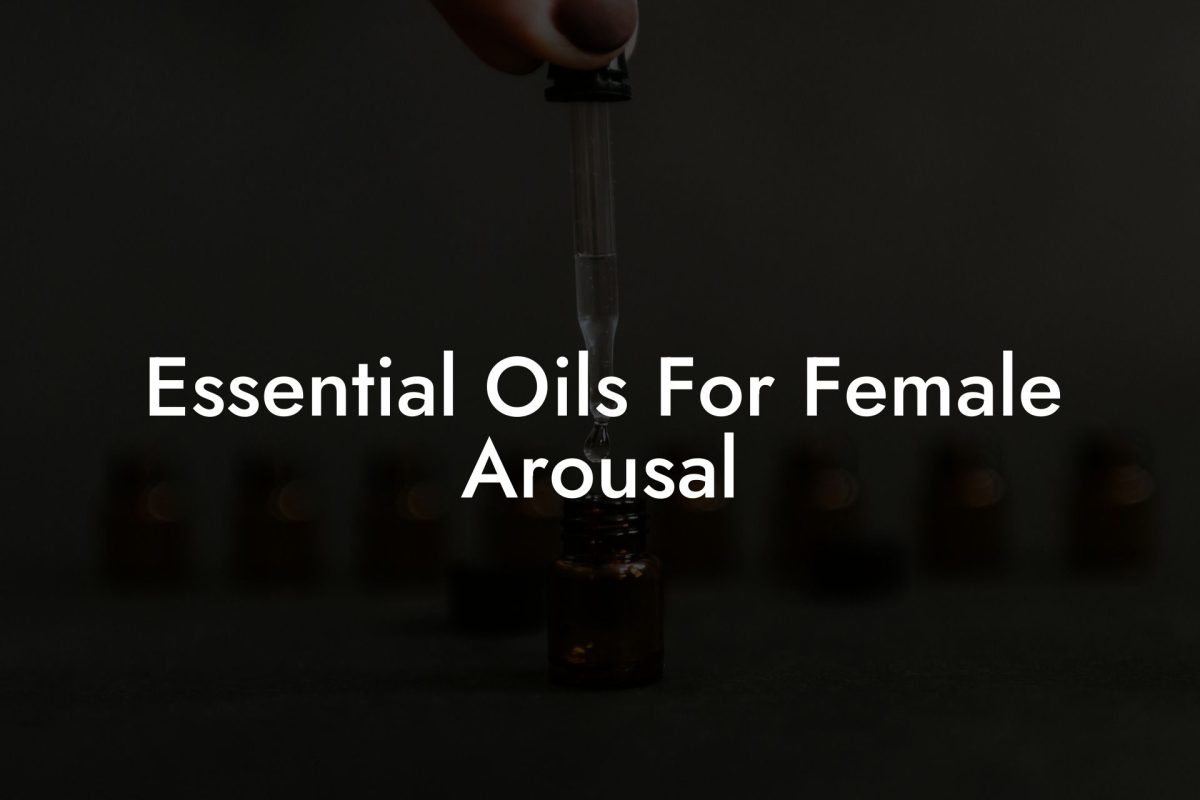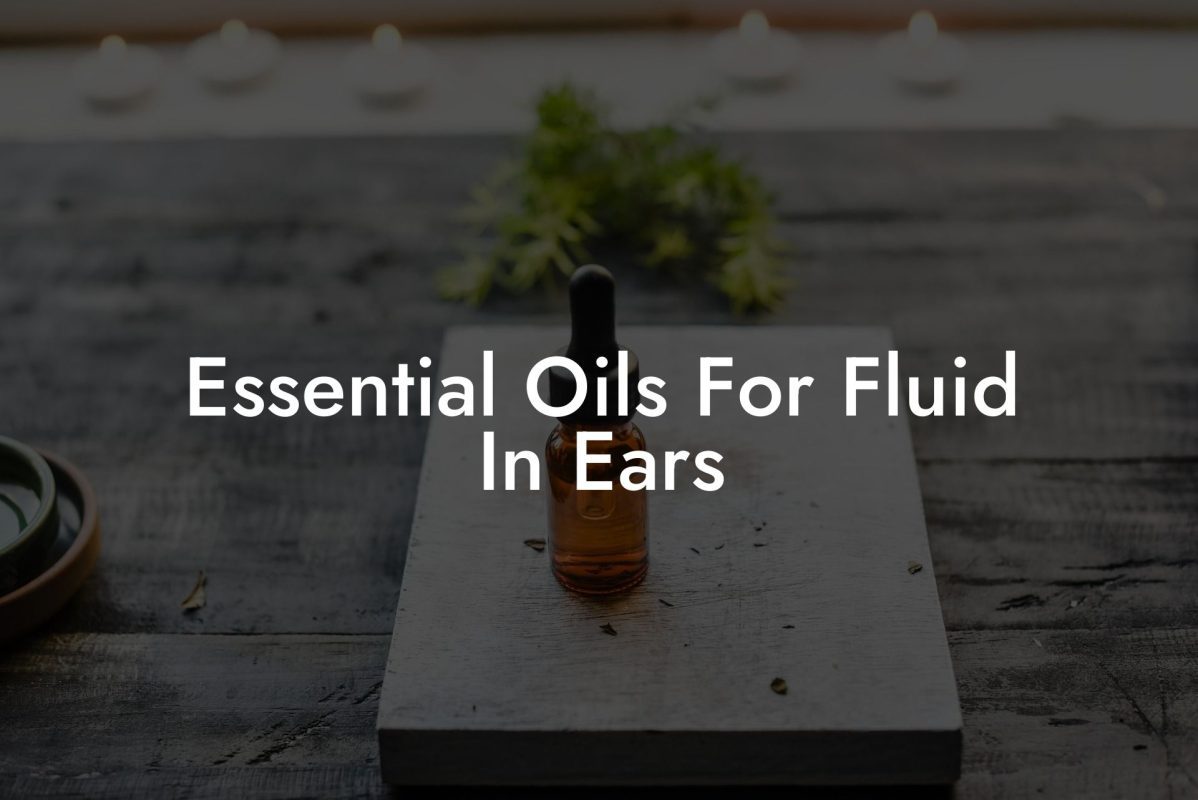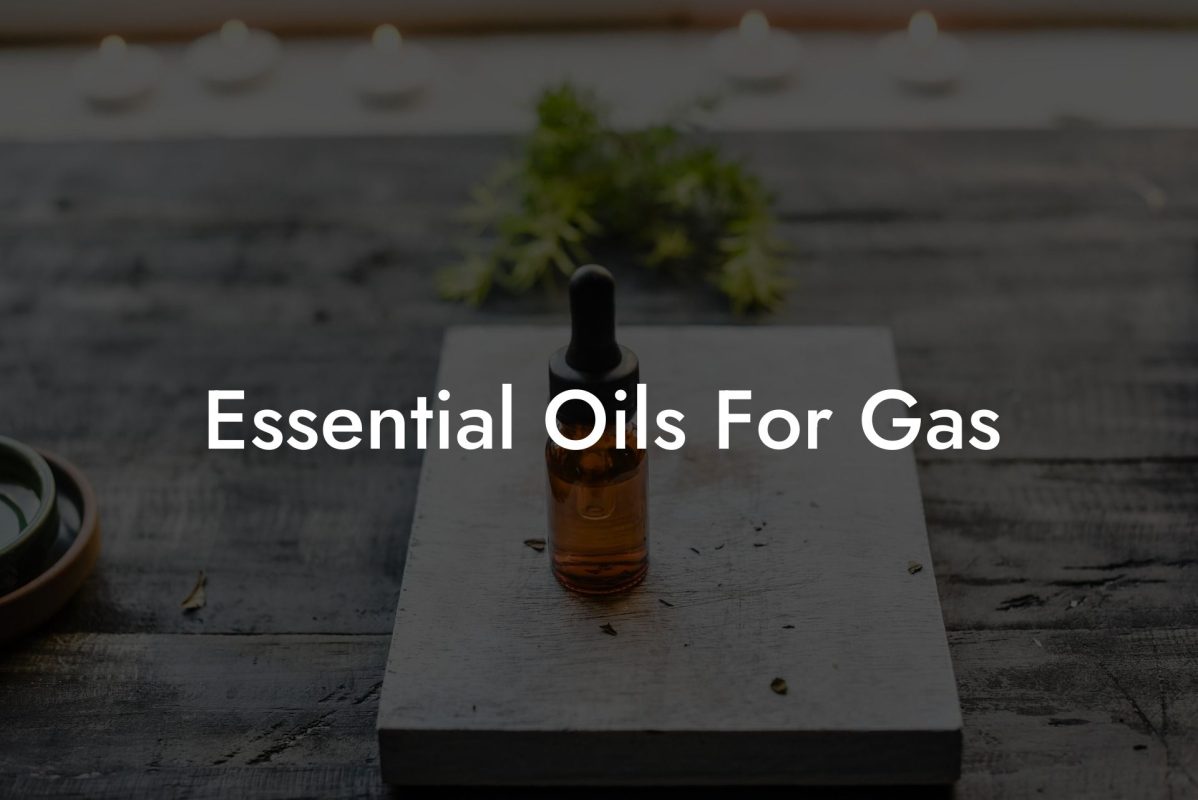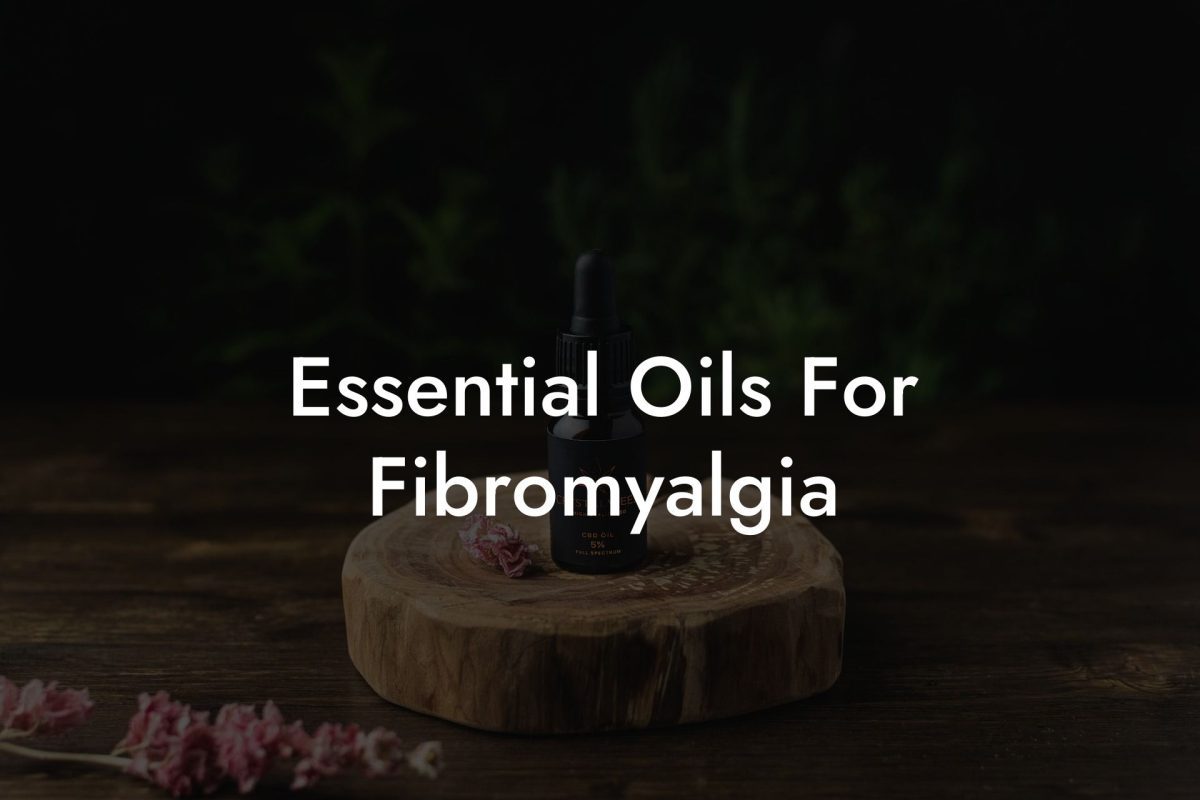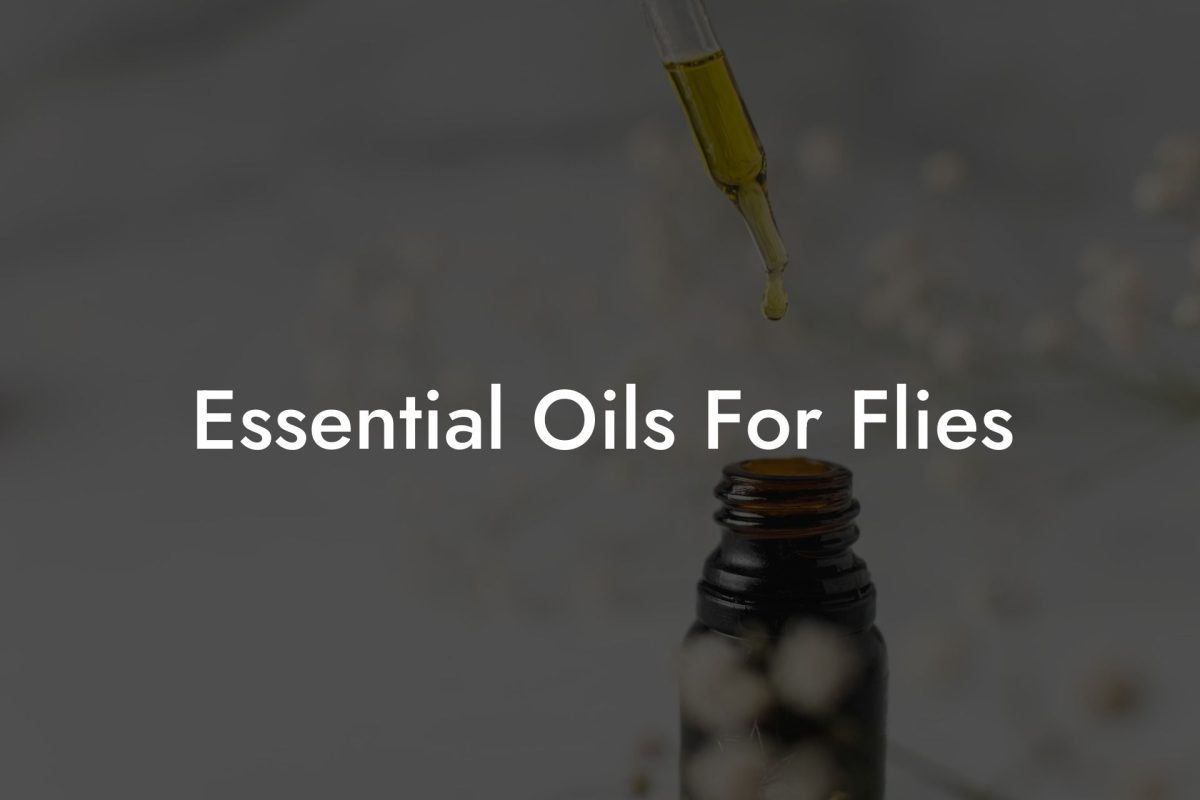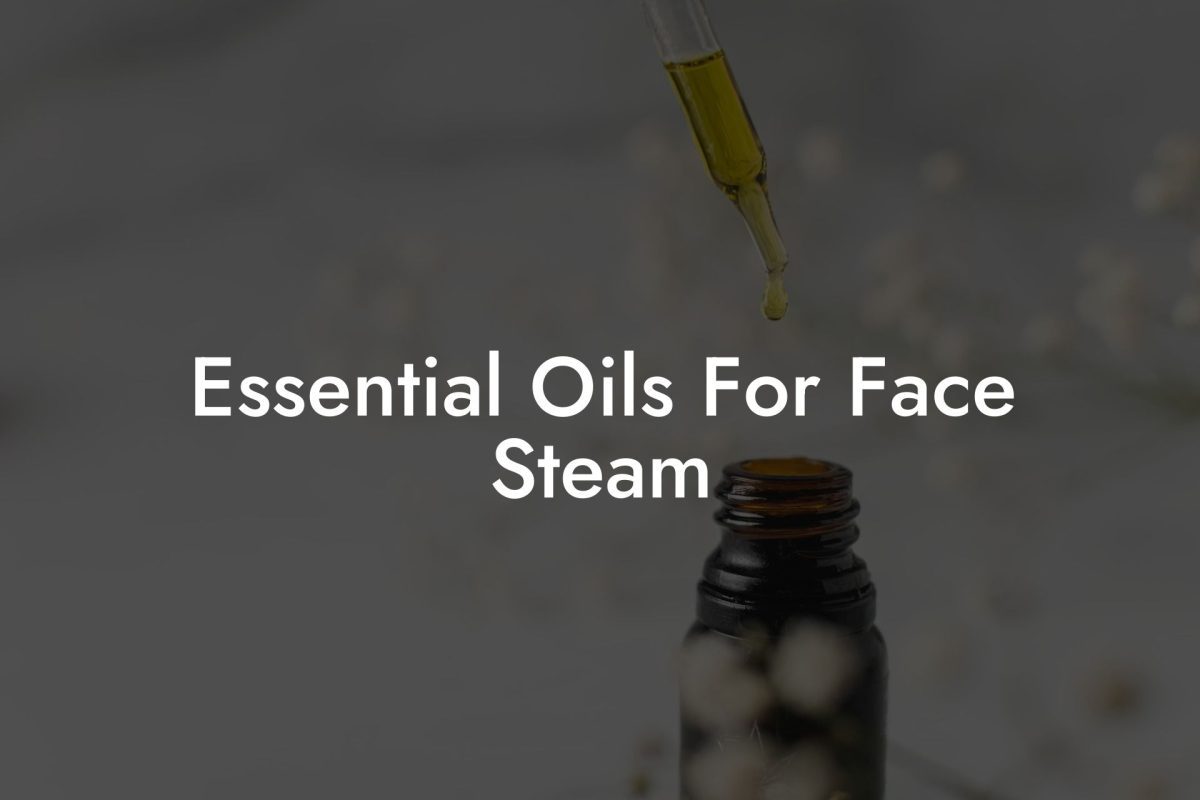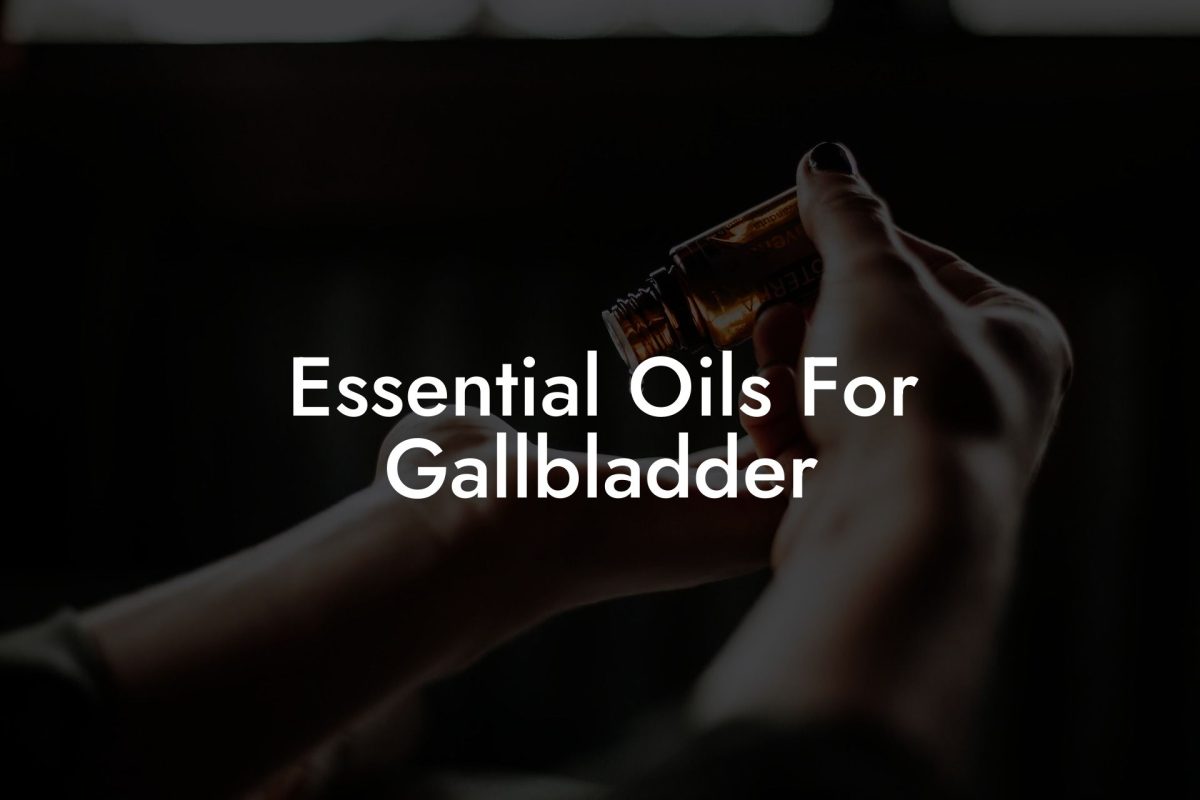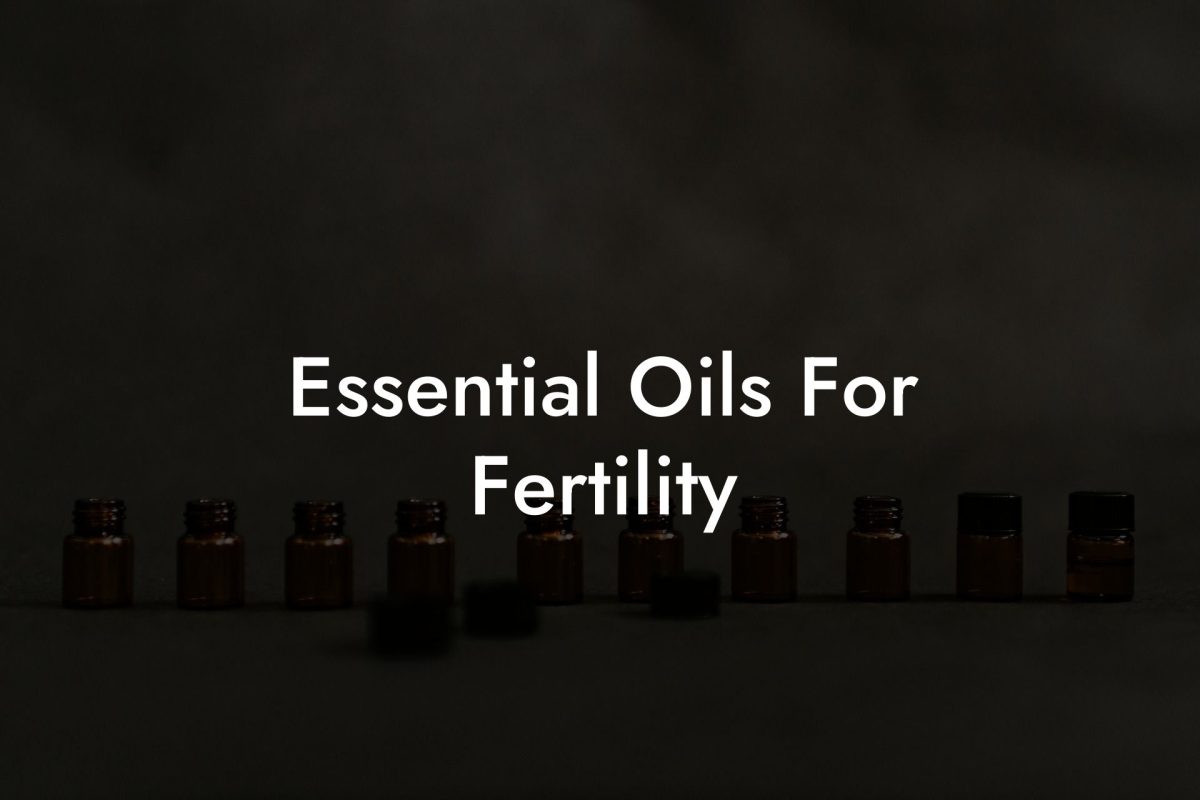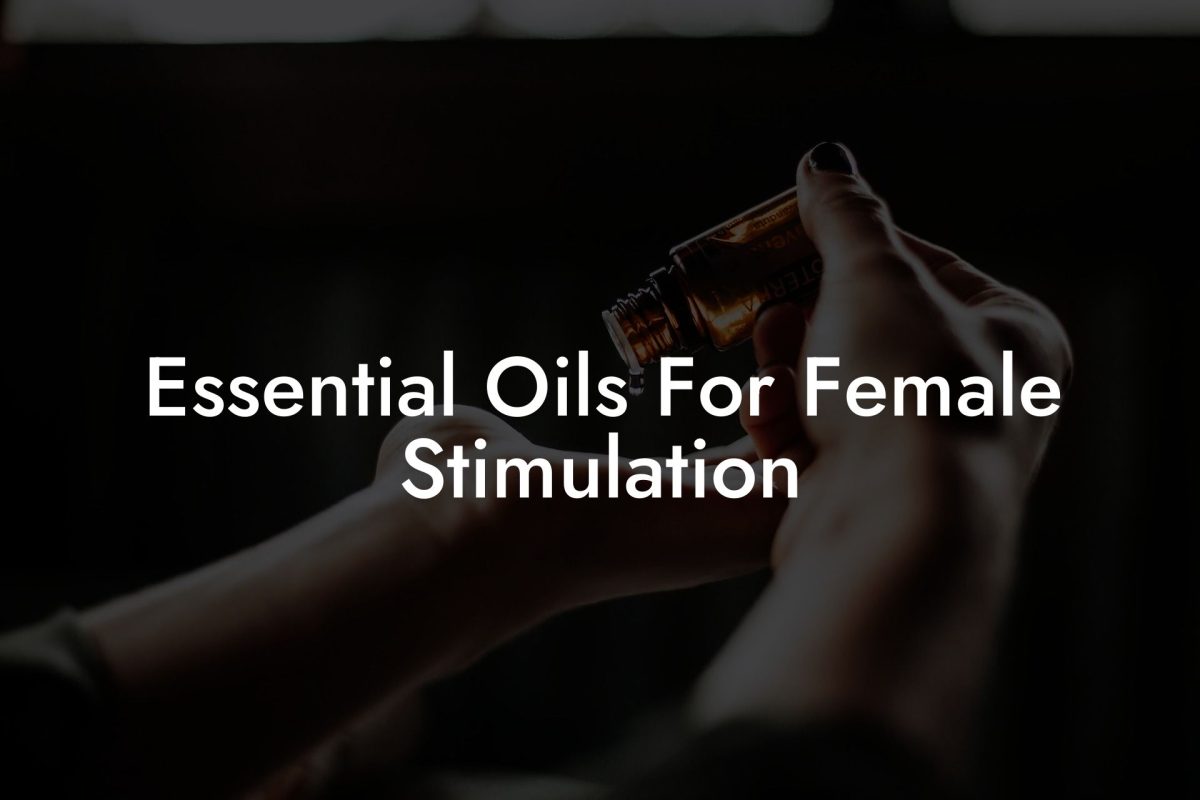Discover the world of DIY essential oils and uncover the endless possibilities for health, wellness and creativity. Join us in this enriching journey as we guide you through the steps of making your own essential oils at home, as well as the numerous ways you can incorporate these oils into your daily routine.
Table of Contents
Why DIY Essential Oils?
Creating your own essential oils not only saves you money but also allows you to customize your oils by using unique blends tailored to your personal preferences and needs. Moreover, DIY essential oils are more environmentally friendly since you can control the ingredients and avoid synthetic additives or unnecessary packaging materials.
Choosing the Right Plant Material
The first step in making DIY essential oils is to select the appropriate plant material. Consider the following when making your choice:
- Quality: Choose organically grown, chemical-free plants to ensure the purest possible end product.
- Harvesting: Harvest plant material early in the morning or late in the afternoon to capture the highest concentration of essential oil before the sun’s heat dissipates it.
- Freshness: Use the freshest plant material to ensure optimum oil yield.
Popular Plants for DIY Essential Oils
Here are some commonly used plants for making essential oils:
- Lavender – Calming and soothing properties, aids in sleep
- Lemon – Uplifting, cleansing, and energizing
- Eucalyptus – Excellent for respiratory support
- Rosemary – Promotes focus and mental clarity
- Peppermint – Cooling and invigorating
Extraction Methods
There are several methods to extract essential oils from plant materials. The most common methods are:
1. Steam Distillation
This method involves passing steam through the plant material to vaporize the essential oil, which is then condensed and collected.
2. Cold Pressing
This technique is typically used for citrus peels, where the oils are mechanically pressed out of the plant material.
3. Solvent Extraction
Plant material is soaked in a solvent, such as alcohol, that dissolves the essential oil. The solvent is then evaporated, leaving behind the concentrated oil.
Using Your DIY Essential Oils
There are numerous ways to utilize your DIY essential oils. Some popular methods include:
- Aromatherapy – diffuse the oils in the air to promote emotional and physical well-being
- Massage – dilute the oils with a carrier oil and apply topically for muscle relaxation or stress relief
- Bath – add a few drops of oil to your bathwater for a therapeutic soak
- Cleaning – mix essential oils with water and vinegar for a natural, fragrant cleaning solution
- Personal care – incorporate oils into your skincare and haircare routines
Essential Oils DIY Example:
Imagine starting your day with a refreshing homemade citrus-scented body scrub, then enhancing your focus at work with a customized rosemary and peppermint infused rollerball blend. End the day by unwinding and preparing for restful sleep with your own lavender and chamomile pillow spray. Say goodbye to store-bought oils and embrace the world of DIY essential oils.
Embrace the remarkable power of essential oils and redefine your wellness journey by exploring the DIY realm of aromatherapy. Continue discovering the wonders of essential oils and their uses by delving into our other guides on Oshu Oils. Unearth the magic within our Artisan Essential Earth Oils and elevate your daily routines with the rich, holistic benefits of plant-based remedies. Be sure to share the knowledge and newfound passion for DIY essential oils with your loved ones, creating a healthier, more balanced lifestyle for all.



